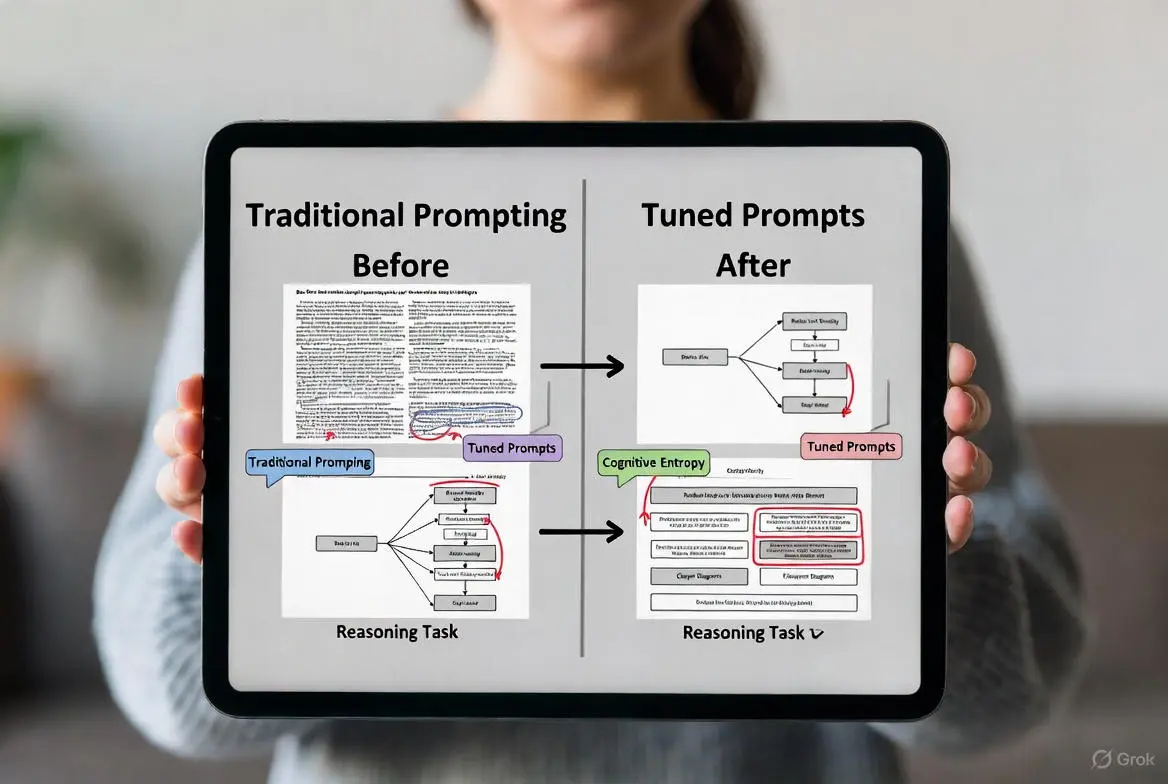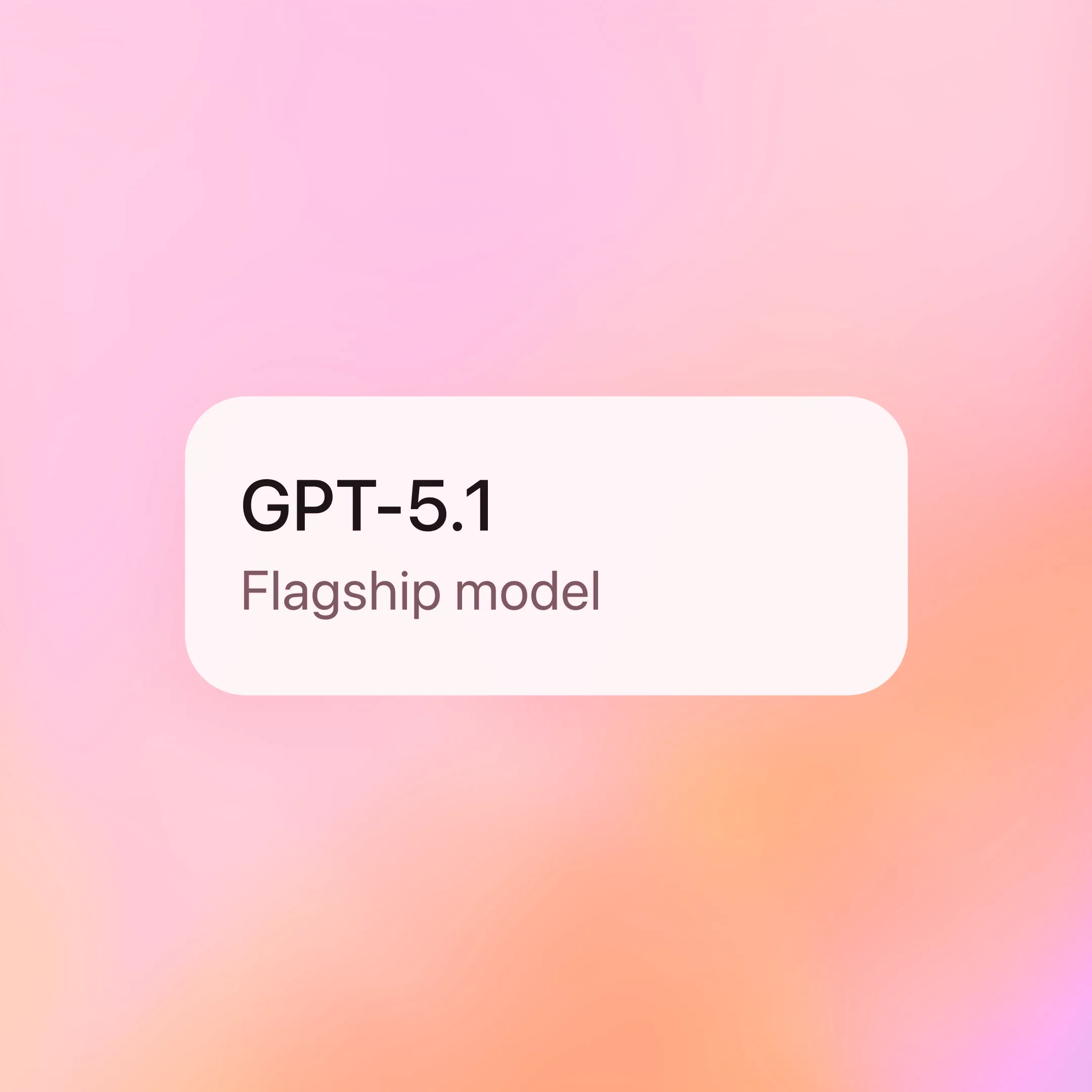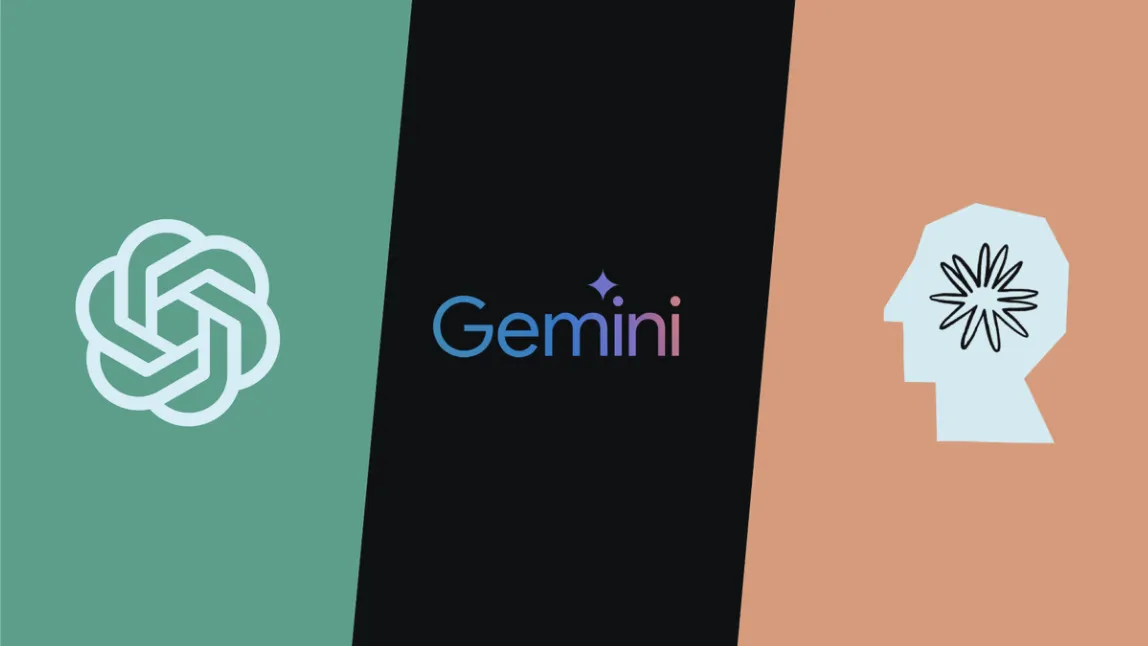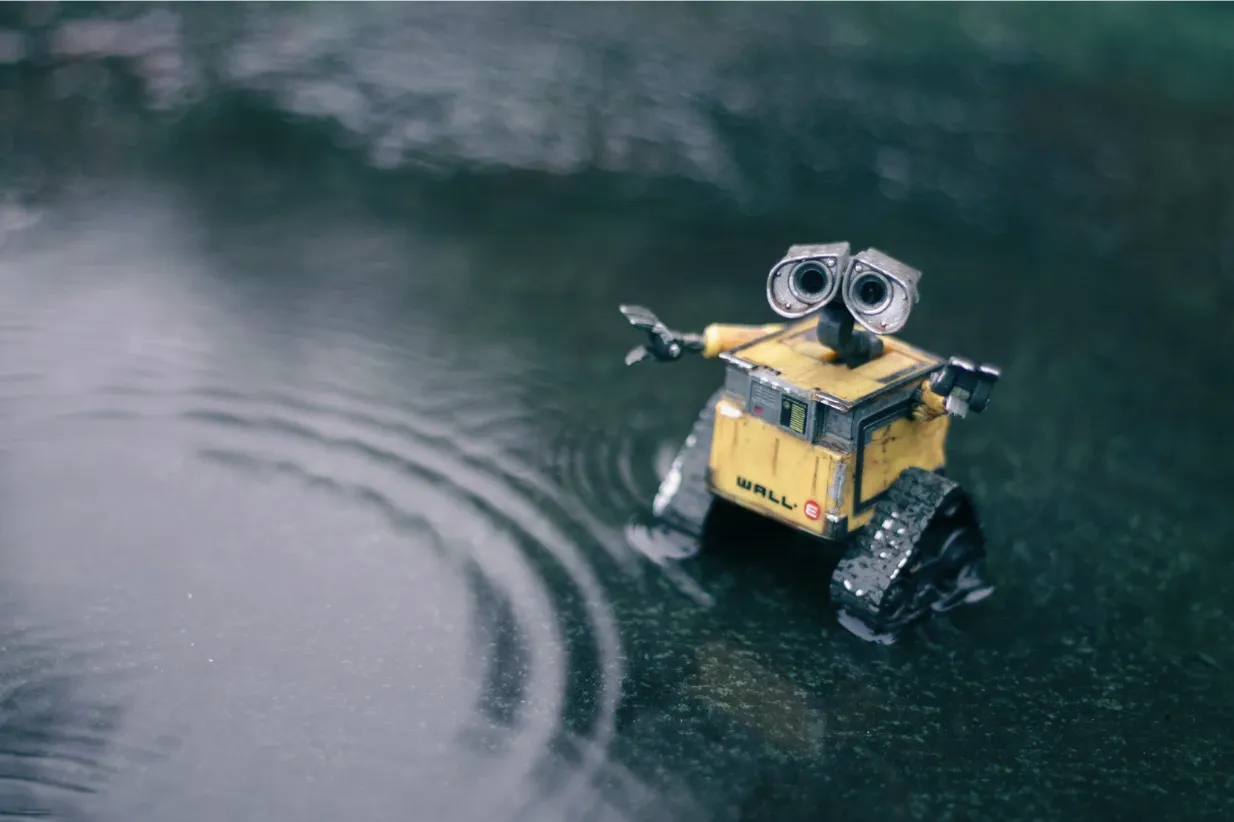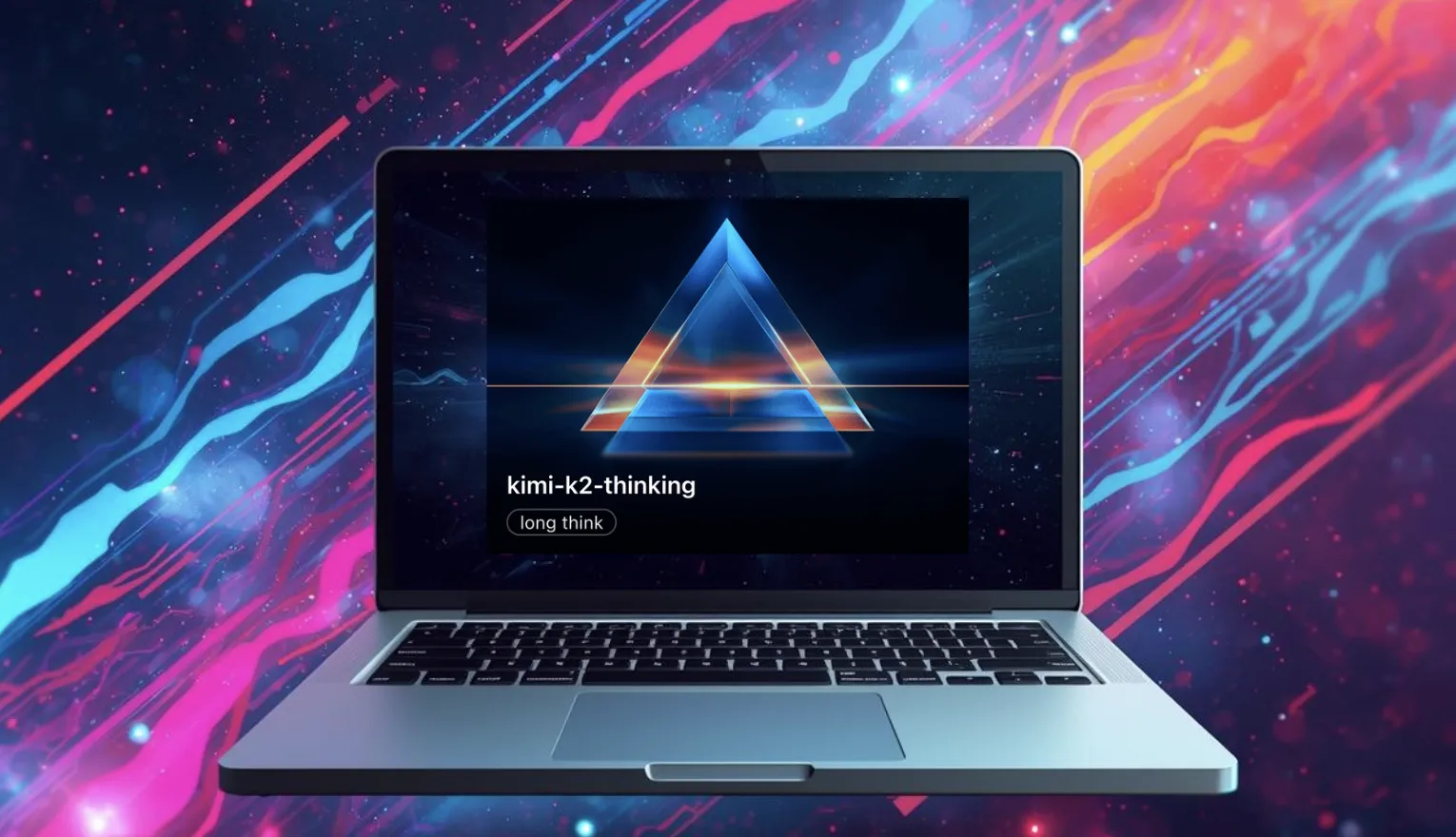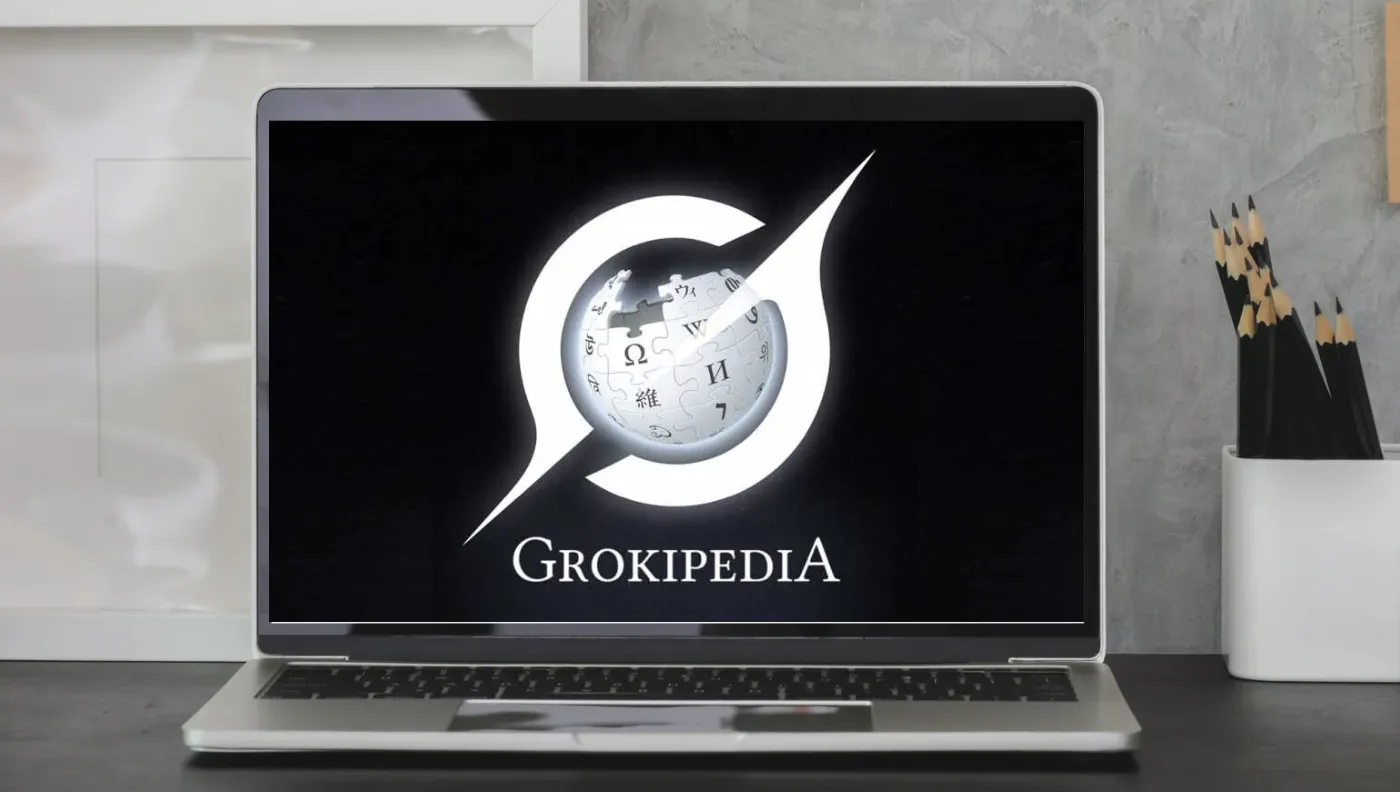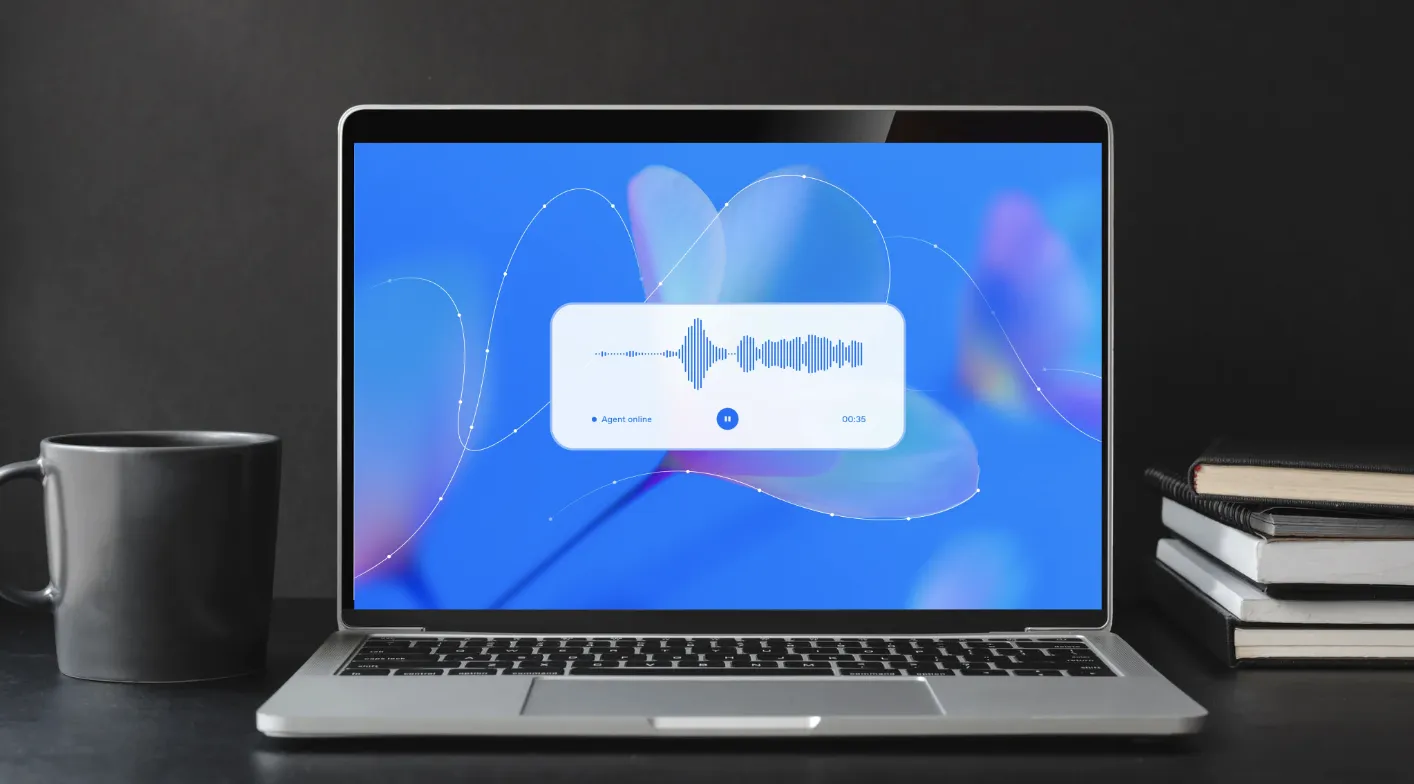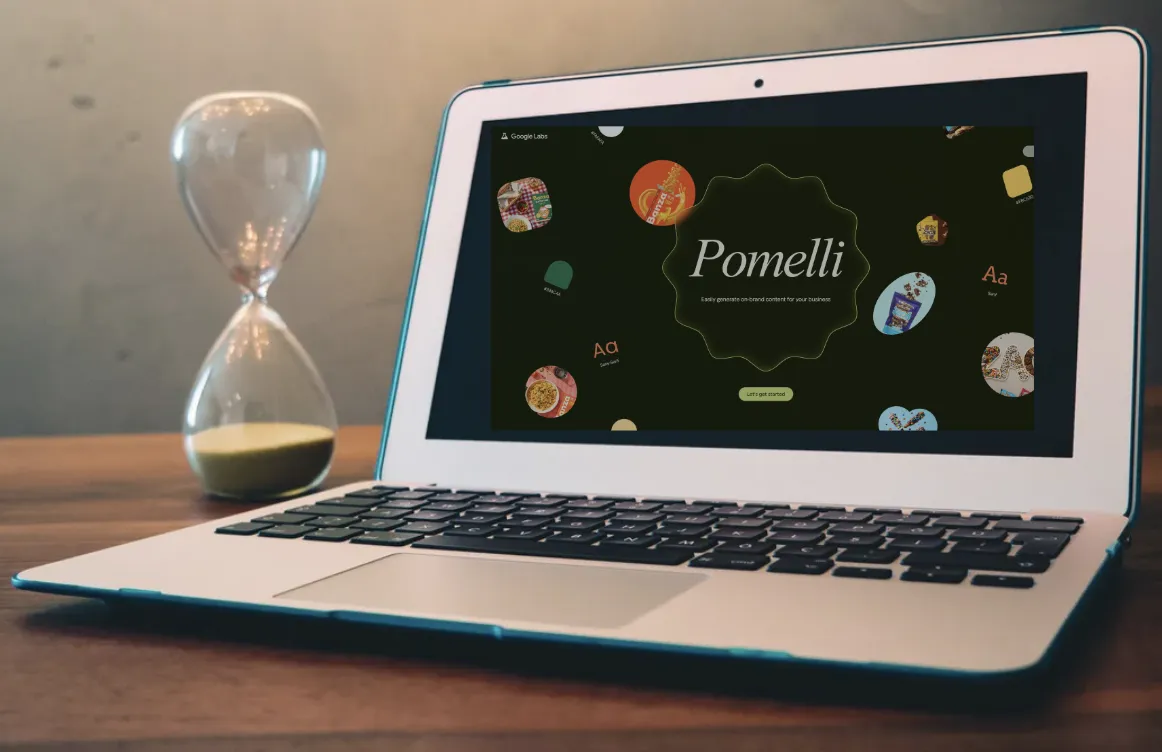ChatGPT Introduces Group Chats: A New Era of Collaborative AI

Author: Boxu LI
OpenAI’s ChatGPT is evolving from a solo chatbot into a collaborative communication platform with the introduction of Group Chats. The new feature allows multiple users to join the same AI conversation, bringing a social and team-oriented dimension to ChatGPT usage.
Preview of ChatGPT Group Chats – How It Works
In the first public preview shared by OpenAI engineers, ChatGPT’s web interface now includes a “Start a Group Chat” button in the top navigation barindianexpress.com. Clicking this generates a unique invite link that you can share with others. Anyone with the link can join the group chat and immediately see the full history of prior messages in that chatthedailyjagran.com. In essence, it functions like a persistent chat room with ChatGPT as a participant. The group chats are listed in a new sidebar section labeled “Group chats” for easy accessindianexpress.com.
This design means conversations are no longer confined to one-on-one interactions. A project team, study group, or friends can all jump into a shared chat with the AI. All members see the same context and AI responses, which avoids redundant separate chats and ensures continuity in discussionsthedailyjagran.com – much like how channels work in messaging apps such as Slack or Discord.
Custom Instructions and AI Participation Controls
OpenAI has built in special controls to tailor how the AI behaves in group settings. Custom instructions for group chats are kept separate from your personal ChatGPT instructionsindianexpress.com. This separation means your private preferences or chat history won’t bleed into the group conversation, preserving privacy and context boundariesindianexpress.com.
Within a group chat, the creator (or participants with permission) can configure whether ChatGPT should respond automatically to every query or message, or only chime in when specifically mentioned/tagged by a userindianexpress.comtestingcatalog.com. In other words, you might set the AI to be in “hands-off” mode, listening silently until needed, or in active mode where it responds more freely. By default, the AI will not use any of your personal chat history or memory when in a group chat – it treats the group as a fresh context, ensuring your personal ChatGPT memory is never used in group chatsindianexpress.com.
Another intriguing aspect hinted by early leaks is the ability to customize the system prompt or role for the group chat AItestingcatalog.com. This would let groups establish a particular persona or context for ChatGPT (for example, telling it to act as a coding assistant, a debate moderator, or a language tutor) that applies to that entire chat. Such group-specific system prompts could align the AI with the team’s objective or tone, giving more control over the AI’s behavior during collaborationtestingcatalog.com.
Interactive Features: Reactions, Threads, and More
Beyond basic chat, OpenAI is testing a suite of interactive features to make group chats feel like a modern messaging platform. According to references found in the web app assets and early previews, expected capabilities include:
- Message threads/replies – the ability to reply to a specific message, creating a threaded sub-conversation for contextthedailyjagran.com. This helps organize discussions and follow-ups around particular points or questions.
- Reactions – emoji or other quick reactions to messages for lightweight feedback or sentiment, similar to “liking” a messagethedailyjagran.com.
- Typing indicators – visual cues that show when someone is typing in the chat, so participants know when a response is incomingthedailyjagran.com.
- File uploads – a way for users to share documents or files into the chatthedailyjagran.com. This could allow the AI and participants to discuss or analyze an uploaded file together in context.
- Image creation tools – integration of ChatGPT’s image generation (via DALL·E or similar) directly in the chatthedailyjagran.com. Group members might collaboratively prompt the AI to create images, which could be useful in brainstorming sessions or design discussions.
- Built-in web browsing/search – the AI can perform web searches or fetch information from the internet within the group chatthedailyjagran.com. This could enable a research mode where the AI brings outside information into the conversation for everyone to see.
These features, still under testing, blend collaboration with real-time AI assistancethedailyjagran.com. For example, team members could react to an AI-generated suggestion with a thumbs-up reaction, or use a reply thread to dig deeper into a subtopic without derailing the main conversation. Typing indicators and presence notifications will make the group chat feel more alive and synchronous, addressing the isolation one might feel in a purely bot-human chat.
Boosting Productivity and Learning through Group AI Sessions
For general users, the arrival of group chats in ChatGPT opens up new ways to be productive and learn together. Instead of each person having separate Q&A sessions with the bot, a team can collectively engage with ChatGPT in one shared dialog. This reduces duplicated efforts and “context switching” between individual chats, as everyone works off the same AI-generated responses and contexttestingcatalog.com. Brainstorming becomes richer – one person can ask ChatGPT to generate ideas or a draft, and others can immediately build on it or critique it in the same thread. The AI can act as a facilitator that synthesizes the group’s questions, keeps track of the discussion, and provides answers or creative input on the fly.
In education and learning scenarios, group chats mean an instructor and students (or just a study group) could collectively interact with an AI tutor. Imagine a homework help session where a student asks ChatGPT for an explanation of a concept, and others follow up with clarifying questions or apply the explanation to problems. The whole group sees all Q&A, so everyone benefits from each question asked. This communal learning with an AI assistant ensures that knowledge is shared and built collaboratively, rather than each person only learning from their private chat. It can also spark discussion among the humans: “Do we agree with ChatGPT’s answer? Can someone ask it in another way?” – turning the AI into a catalyzing agent for deeper engagement with the material.
There’s also potential for improved productivity in workplaces. Teams using ChatGPT group chats could treat the AI as an always-available team member – one who can instantly pull up information, summarize discussion points, or even draft content when asked. For instance, during a project meeting conducted in a ChatGPT group chat, the AI might automatically generate a summary of decisions made, or answer a technical question that comes up, saving the humans time. The recent “Shared Projects” feature in ChatGPT complements this by letting team members collectively upload reference documents and have ChatGPT remember context across sessions securelyindianexpress.comthedailyjagran.com. Together, these tools point toward ChatGPT becoming a real collaborative hub for work.
From Slack to AI-First Collaboration – Sam Altman’s Vision
OpenAI’s push into group chats aligns with CEO Sam Altman’s vision for the future of workplace communication. Altman has publicly criticized tools like Slack – the popular workplace messaging app – suggesting that “there is something new to build” that could replace Slack, email, docs, and other office tools with AI-driven alternativeslivemint.com. He noted that while Slack has its positives, dealing with the onslaught of Slack messages can create “a lot of fake work” and busywork that doesn’t truly move projects forwardlivemint.com. In his view, advanced AI agents could handle the routine back-and-forth of office communication, freeing humans from constant notification stress and information overload.
The new group chat feature in ChatGPT can be seen as a step toward that “Slack of the AI era.” With ChatGPT facilitating and even partially automating conversations, one could envision a system where each person’s AI assistant coordinates in the group chat on their behalf. Altman hinted at a future where “your AI agent and my AI agent” handle most of the communication, escalating to human attention only when necessarytimesofindia.indiatimes.com. ChatGPT group chats aren’t quite that autonomous yet, but they lay the groundwork by getting users comfortable with an AI as a central participant in multi-person discussions.
It’s no coincidence that Slack’s own parent company (Salesforce) has been integrating AI features into Slack to keep up with this trend. Slack introduced Slack GPT earlier, aiming to embed generative AI within Slack’s interface for summaries and assistancesalesforce.com. Already Slack can automatically summarize long message threads or provide channel recaps to help workers catch up fastertechrepublic.com. It also offers AI-powered search, where users can ask questions in natural language and have Slack’s AI dig through conversation history for the answertechrepublic.com. These features reflect a traditional chat platform augmenting itself with AI. By contrast, ChatGPT’s group chats reflect an AI platform adding human-style chat functionalities. The approaches are converging on a similar idea: blending human collaboration with machine intelligence to boost productivity. If ChatGPT continues to expand in this direction, it could emerge as a direct competitor to platforms like Slack or Microsoft Teams for certain use casesthedailyjagran.com – especially for teams that heavily rely on AI assistance.
Collaborative Creativity: Macaron AI’s Group Chat Twist

At Macaron, have already introduced group chat capabilities but with a unique creative spin. Macaron’s core feature is building “mini-apps” – essentially small, personalized applications or tools – in response to user requests. Initially, a user would chat one-on-one with Macaron to have it generate these mini-apps (for travel planning, habit tracking, journaling, etc.). Now, Macaron’s new social feature allows you to invite the AI into a group chat with friends to co-create these mini-apps togetherprnewswire.com.
In a Macaron group session, your friends or colleagues can brainstorm ideas with the AI in real time. For example, a family could collectively design a vacation itinerary app by chatting with Macaron, or a group of friends might collaboratively build a mini-app for tracking a fitness challenge. Macaron supports real-time co-editing and co-creation, meaning everyone in the chat can suggest features or content and see the AI implement them instantlyinvestorshangout.com. This turns app creation into a social activity – “creating with friends is fun and fulfilling,” as Macaron’s team describes it, and the AI becomes a facilitator of “shared experiences” rather than a solitary toolprnewswire.com. All mini-apps generated can be saved and even shared in a community library, so group-created apps contribute to an ever-growing pool of resources for all users.
The philosophy behind Macaron’s group chat is to bring an “emotional warmth” to AI usageprnewswire.com. By helping friends build something together, the AI is not just answering questions but strengthening human bonds through collaboration. This differs slightly from ChatGPT’s productivity focus – Macaron is positioned as a high-EQ “friend” that makes using AI feel more like a group project or a creative hangout. Nonetheless, both ChatGPT and Macaron demonstrate the broader move toward social AI. People don’t always work or learn alone, and these platforms are recognizing that multi-user, multi-agent experiences can unlock new levels of engagement and utility.
Outlook: Toward an AI-Powered Collaboration Hub
The introduction of group chats in ChatGPT signals that AI chatbots are rapidly evolving into full-fledged communication hubs. OpenAI appears to be positioning ChatGPT as not just a clever bot for individual queries, but as a platform for team collaboration, brainstorming, and even socializing – all with AI in the loopthedailyjagran.comthedailyjagran.com. This aligns with tech companies’ visions of an “everything app,” where one app combines productivity, creativity, and communication featuresthedailyjagran.com. In fact, early leaks and statements suggest OpenAI wants ChatGPT to incorporate direct messaging, projects, group chats, and more, effectively transforming it into an AI-enhanced hybrid of Slack/Discord (for chat), Google Docs (for collaboration and editing), and a personal assistant.
It’s still early days for these features. The group chat is in testing as of late 2025, with an expected rollout perhaps as part of OpenAI’s year-end updatestestingcatalog.com. The initial release will likely be limited to ChatGPT Plus or enterprise users, as OpenAI gathers feedback on how people actually use group chats and what challenges arisethedailyjagran.com. Questions of moderation, privacy, and information accuracy will inevitably come up in a group context – for example, how to prevent the AI from divulging sensitive info from one user to others, or handling cases where participants might use the AI to generate inappropriate content in a group. OpenAI will need robust policies and user controls to navigate this new mode of interaction, just as they have for one-on-one chats.
Looking ahead, if group AI chats prove successful, we may see a shift in how teams communicate. Routine status meetings could be partly offloaded to AI summaries; brainstorming sessions might always include an AI “team member” to generate ideas; educational study groups might have an AI tutor on call at all times. The lines between human conversation and AI assistance will blur further, hopefully in a way that allows people to focus on what humans do best – creativity, critical thinking, interpersonal connection – while the AI handles repetitive or data-intensive tasks.
As Sam Altman suggested, there is an opportunity to replace the current office tool paradigm with something new and AI-nativelivemint.com. ChatGPT’s group chats (and similar efforts by Microsoft, Google, and startups) are pieces of that emerging puzzle. We are witnessing the start of a new collaborative computing era where having an AI in the room (or in the chat) is as normal as having a colleague dialing in from another city. Today it might assist and occasionally automate tasks; tomorrow it could coordinate entire projects between AIs and humans. The “Slack of the AI era” may soon be here, and it might look a lot like a ChatGPT window where both your coworkers and your AI assistants meet to get things done together.
References
- Blaho, T. (2025). First preview of “Group chats” in the ChatGPT web app – shared via X (Twitter) on Nov 10, 2025 indianexpress.comindianexpress.com.
- Indian Express Tech Desk. “ChatGPT may go social: OpenAI tests group chats and DMs in new update.” The Indian Express, Nov 11, 2025indianexpress.comindianexpress.com.
- Shabanov, A. “OpenAI readies ChatGPT Group Chats with custom controls.” TestingCatalog, Nov 11, 2025testingcatalog.comtestingcatalog.com.
- Alex David. “OpenAI Testing Group Chats And DMs For ChatGPT: The AI App Is Evolving Into A Full Communication Platform.” The Daily Jagran, Nov 11, 2025thedailyjagran.comthedailyjagran.com.
- Aman Gupta. “Sam Altman says Slack creates ‘fake work’; Elon Musk renews warning for Microsoft.” Mint, Nov 10, 2025livemint.comlivemint.com.
- Megan Crouse. “Slack Rolls Out Generative AI Search and Summarization.” TechRepublic, Feb 15, 2024techrepublic.com.
- Macaron (Press Release). “The Macaron Experience – AI That Helps You Live Better.” PR Newswire, Nov 10, 2025prnewswire.com.
- Macaron AI – Official Website FAQs, retrieved Nov 2025investorshangout.cominvestorshangout.com.


